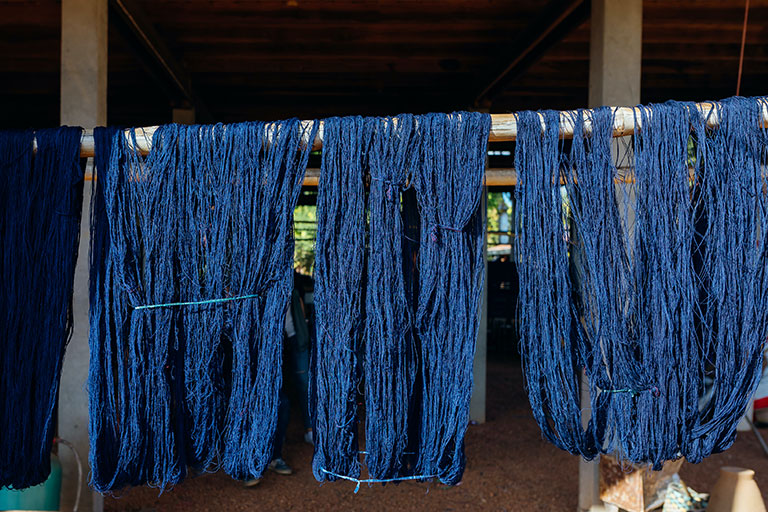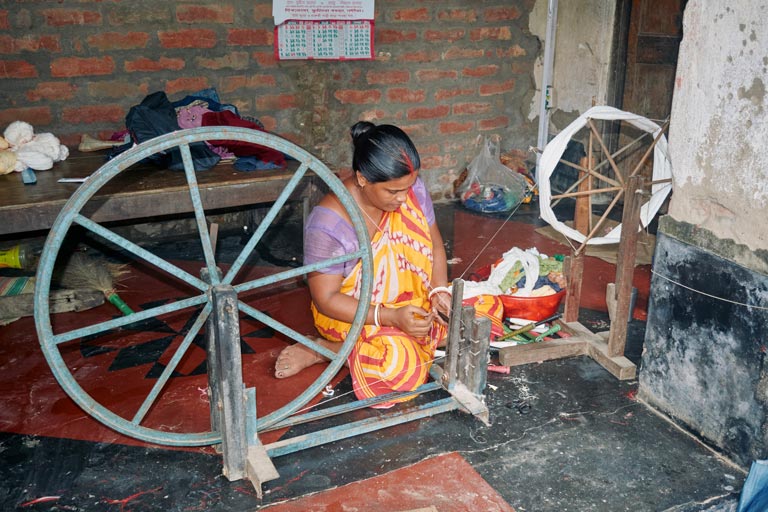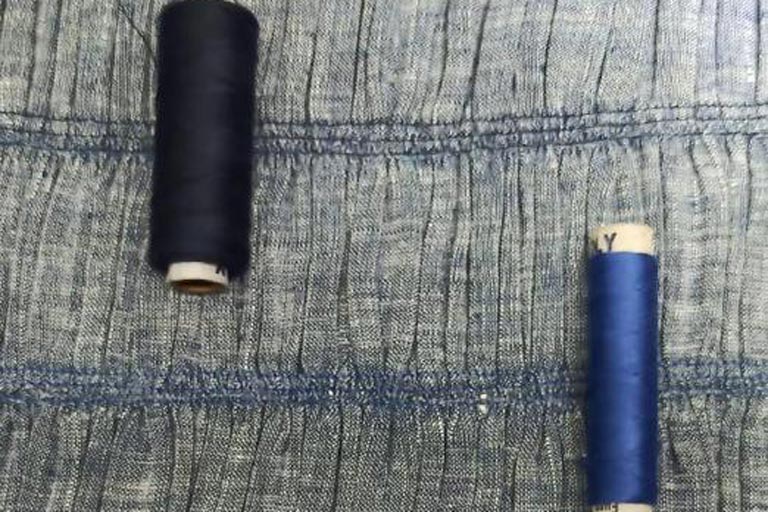Slow fashion is smart fashion
Digital fashion shows, capsule wardrobes, slower production schedules, organic fabrics, artificial intelligent design are all the rage. This widespread reaction to our consumption pattern of fashion in the last few decades was meticulously coined by Kate Fletcher (author, design activist and professor) as Slow Fashion.
There is very little thought given each day to our carelessly strewn outfits on the couch. We grab one, dump another. Slow fashion pushed the idea for pausing and thinking for a second about that t-shirt. It establishes that a t-shirt is no longer just a piece of clothing you wear to cover your upper body. It is also a multifunctional high-tech garment. When its functionalities are combined with innovative, sustainable ways to produce the fabric and the garment itself, a t-shirt, or any other garment, is also a way to fight climate change.
Slow fashion is essentially a new age appreciation of our old methods of craftsmanship. This code helps us redesign our lives around smaller yet more meaningful wardrobes. When fashion is closely observed, there is a lot to be answerable for. Like Matryoshka dolls, a fashion supply chain reveals aspects that can be improved on one after another. Slow fashion sprung up as a concept to clear that lens for the industry. Everything from label tags, fabrics, wages, packaging, delivery was dwelled on. Our chosen skin was bearing heavy on the environment and it was time to repair. It’s probably why slow fashion was welcomed with open arms by pockets of designers across the world. To provide you with more context, the Business Research Company estimates that the global ethical fashion market will grow from US$6.35 billion in 2019 to $8.25 billion in 2023 with a Compound Annual Growth Rate of 6.8%.
It was out of this very “trendy” philosophy that Japan embraced slow fashion to establish itself as a modern creative powerhouse. The movement was so successful that Japanese fashion designers began a systematic ‘take-over’ in the world of fashion. In fact, it gave birth to a whole new term, Japonism. The art of ethical fashion combined with Japanese aesthetics, innovative techniques, themes and nature based motifs, were rapidly adopted by designers in the west. Known for its attention to detail and tailoring in particular, Japanese designers and others who followed suit, now designed with an intention to make people think. They wanted us to enquire about the meaning of symbols, lines, cuts, in the garments we
were wearing.
This needle and thread artistry became a form of reparation for us at DVE. Keeping our personal values as our North Star, we honed in on everything. Whether it was studying the substitutional value of our label tags, or the science behind using textiles like Indian madder that helps fight stress. We zeroed in to be more than a brand that greenwashes its communication. A transparent breakdown of our supply chain, decision on textiles, employing local artisans, use of native indigo and other dyes were actively made choices. For slow fashion to work, it was essential to step off the hamster wheel, to create and serve responsible clothing.
However, if Netflix shows like “worn stories” are any testimony, there is more depth to slow fashion. With these pandemic lockdowns, and our “uniforms” consisting of bathrobes, loungewear and sweatpants, slow fashion took precedence of its narrative- cherishing and sparking joy by what you own. Not long ago, we rushed to our local tailor, discussed our dream outfits, and dreamt of donning it with anticipation for its neat lines, crisp collars. The modern adaptation is replacing the local tailor with brands that work on the same ethos. Designers who understand that less is more. Brands like ours that push you to reconsider what you own, its environmental cost and if it’s something you will wear, cherish and dispose of responsibly.




